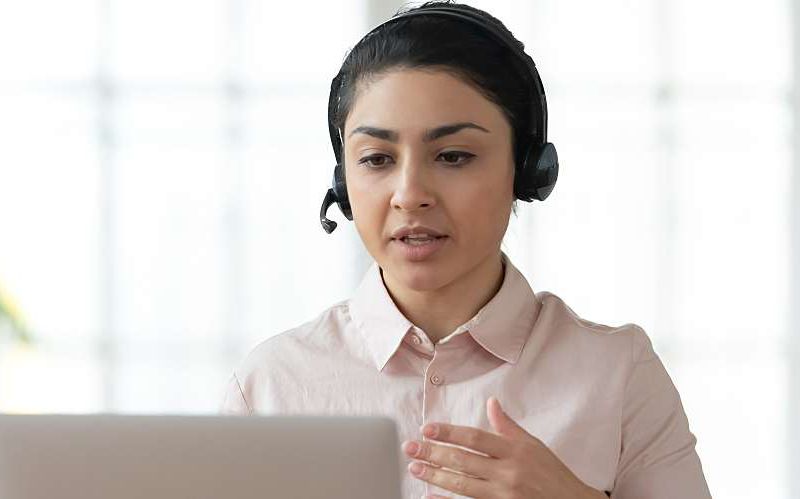6 Strategies for Promoting Webinars and Boosting Attendance


With many trade shows currently on hold due to the COVID-19 pandemic, many water labs are expanding into webinars as a way to connect with customers and prospects virtually. Webinars offer a wide range of benefits, from generating leads to answering audience questions and even helping spark ideas for blog content. The question is: How do you get people to attend your webinar?
With these strategies, tips, and best practices for promoting webinars, you can boost attendance, improve engagement, and get better results from your water lab's events.
1. Time Your Promotions and Reminders Right
According to GoToWebinar, email is the most effective promotion tactic for webinars. They also point out that:
- Companies that promote at least four weeks ahead of time see an average of 12% more registrations.
- The week before matters most, which is when more than half of registrations happen.
- Nearly one in five people will register the day of the event, so you need to make sure you're sending out reminders as your event approaches.
- Tuesday is the best day for promotions, with Monday through Wednesday accounting for 63% of all sign-ups.
- You'll get better results if you send out your promotional emails between 8 and 10 a.m.
2. Work Your Partners' Networks
Webinars have a sponsor (that's your lab, typically), a moderator (likely from your organization as well), and a presenter. While you may have an internal expert present on a topic that's useful to your audience, you might also consider partnering with another organization that has recognized expertise in a particular area, such as your local utilities or an environmental nonprofit. In these situations, you'll want to work with that company to cross-promote the event — and multiply sign-ups by sending promotional emails to their list as well.
3. Leverage Your Lab's Digital Channels
In addition to email, be sure to promote the event on your social media accounts and website. For example, if you're hosting an event on sample collection best practices, you might also create a blog post related to that topic with a call-to-action message that links to your sign-up form. After the event, you'll want to update the blog post with a downloadable recording of the webinar.
You should also think about promoting webinars in other areas, such as adding:
- A pop-up form or banner link on your home page.
- A dedicated section for events on your resources page, where you can post recordings and grow your contact list after the event is over.
- A call to action in company email signatures that links to the event registration form.
4. Optimize Your Landing Page
Your webinar landing page is an important place to drive sign-ups for your event. Here's what your landing page should include:
- An attention-grabbing headline that puts the benefits of attending up front.
- A description of the event that highlights what attendees will learn, while also creating intrigue (e.g., "Learn the most important step to take to ensure sample integrity").
- Speaker biography information.
- Quotes or testimonials from customers or previous webinar attendees.
- Information on how to register.
- A strong call to action that uses first-person language, such as "save my seat" rather than just "register."
5. Cross-Promote Your Webinar
It's important to think about organizations and websites that can help you amplify your message and increase registrations. Some examples include:
- Online ads in the trade publications your audience reads.
- Industry forums where people post and answer questions, such as LinkedIn groups.
- Paid search ads.
You can also offer sponsorship options to industry partners, who can also promote the event to their contact list.
6. Send Reminders and a Thank You
Sending reminders can help boost your attendee list and ensure that people who sign up show up. Consider sending reminders the week before, one day prior, the morning of the event, and one hour before. You might also schedule a quick reminder to attendees when the presentation is starting.
After the event, be sure to send a thank-you email with a link to the playback recording, as well as any other helpful resources. An attendee survey can help you determine where you did well and where you need to work harder to provide more value next time, which can help you improve attendance for your future webinars.
Webinars are a powerful way for water labs to grow their customer base, but they take more than just creating a presentation. It's critical to use all the available tools at your disposal to promote your event, ensure maximum return on your efforts, and deliver the most value to customers and prospects.






